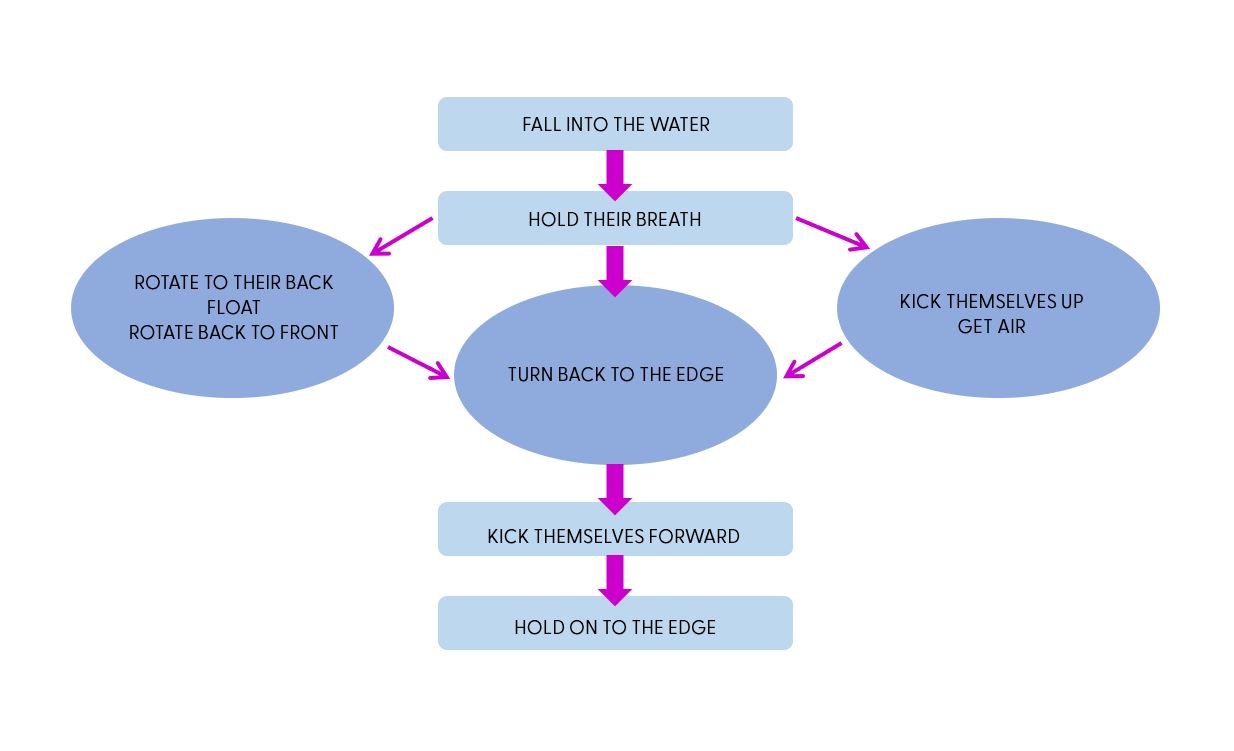Babyswim (3-24 months)
Starting to swim early with your child gives both you and the child a fantastic start in life. Learning a natural approach to water is wonderful. Babyswimming involves enjoyment, development and learning water safety exercises.
Our beginner's course Duck (Anka)
In our beginner's course Duck (Anka), the first lesson is a theory lesson of about one hour. On this occasion you will learn everything you need to know before starting your lessons in the water. The theory lesson can be on a different day and time than the other lessons. The remaining lessons of the course are water lessons of 30 minutes.
The child must wear baby swimming pants in the water, and no nappy. The baby swimming pant that we approve has to have drawstrings around the legs and waist. A pant like this can be purchased via linneashopen.se
The Baby Swimming Book (Babysimboken) that our founder Ludmilla Rosengren has written is included in the Duck course.
During this course, you will learn the basics of baby swimming and how to feel safe in the water with your child.
After the beginner's course, the real water adventure begins! We offer continuous levels so the child can keep learning a love of water and keep developing important life-saving skills.
Keep swimming
We continuously have courses for your child as they get older and gain more skill. After the beginner's course Duck comes Starfish, Penguin, Seahorse and Blowfish. Most of our courses can be repeated until the skills of that level have been achieved and your child is ready to move on to the next level.
During the first two years, we work with the exercises that you can read about in the Baby Swimming book. Our starting point is "the common thread", i.e. exercises that enable the child to save themselves if they end up in the water involuntarily. We do exercises that stimulate the child's development in many ways. The child begins by swimming with their head under the water and learns how to get air, swims longer distances, more independently and for a longer time.
All exercises must be done on the child's terms with joy and a feeling of security in the centre.

